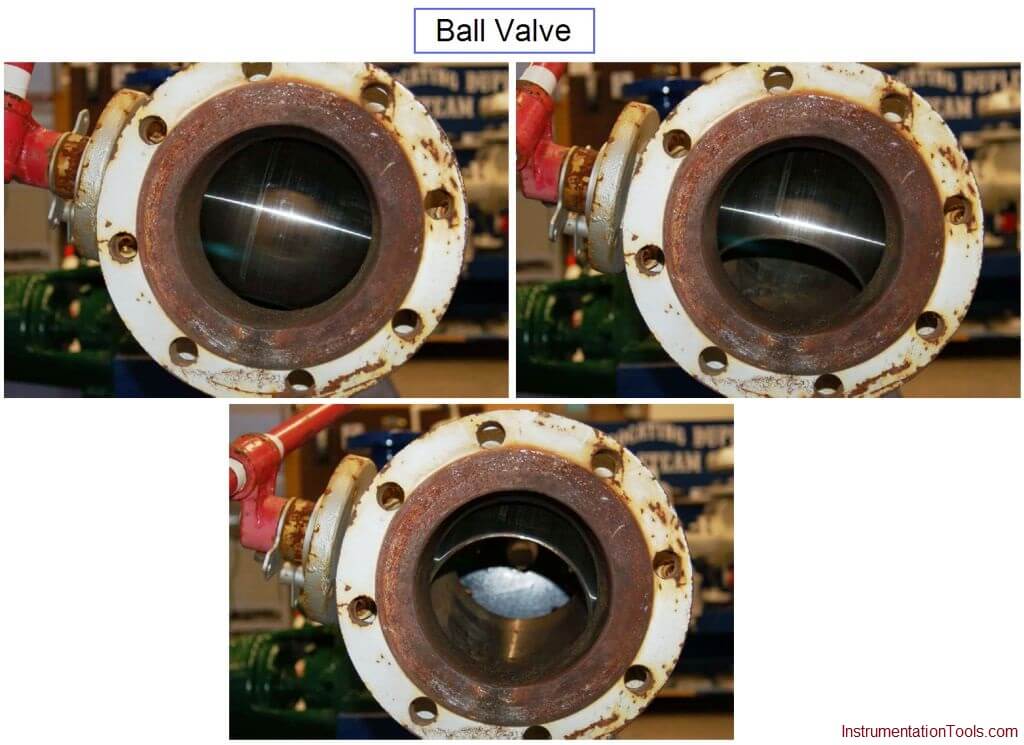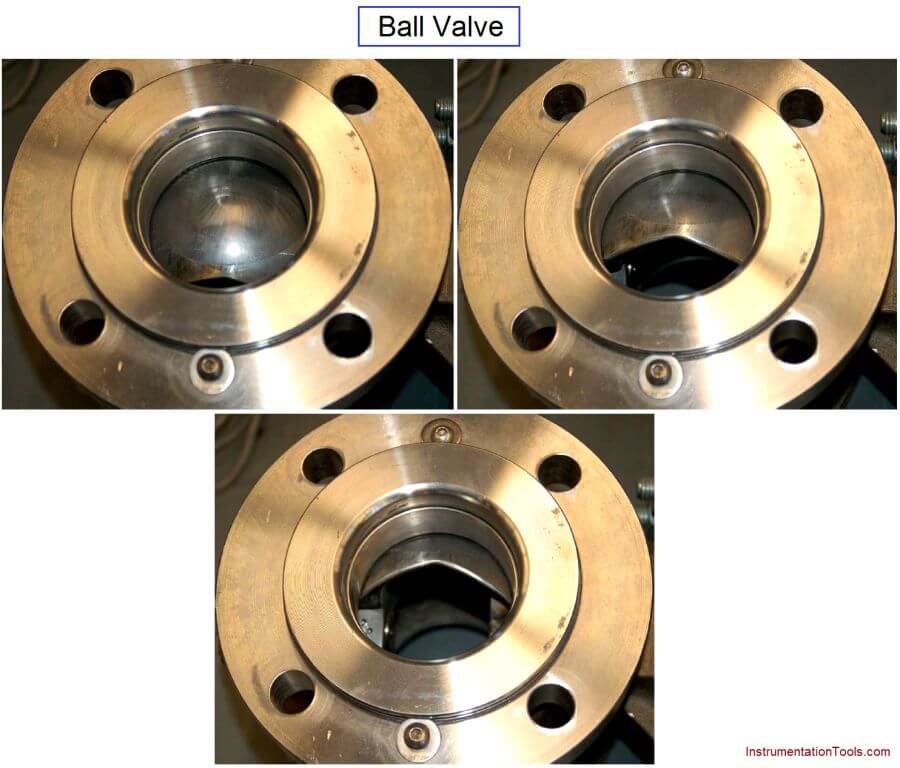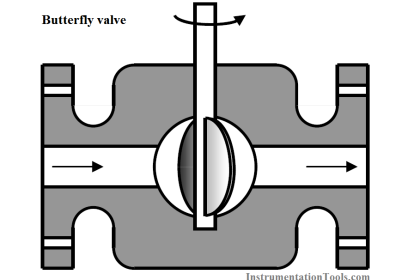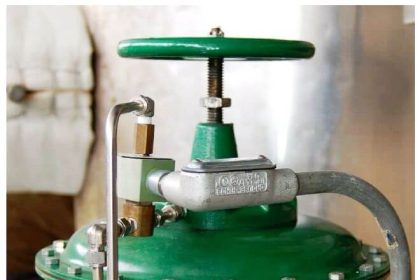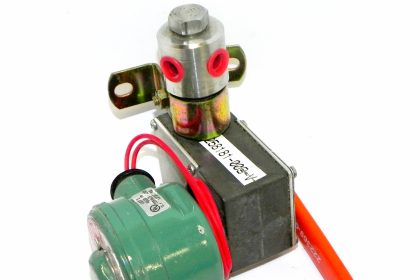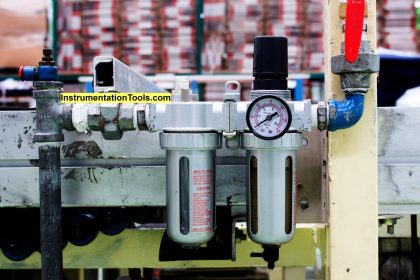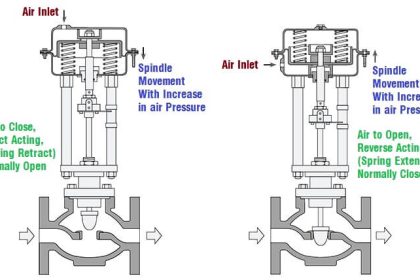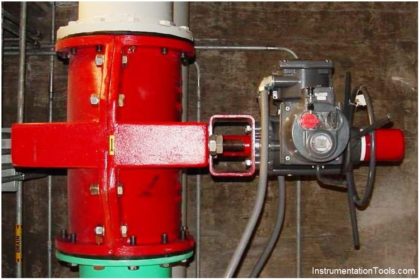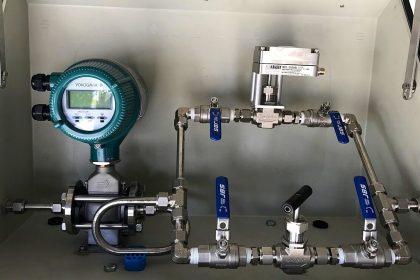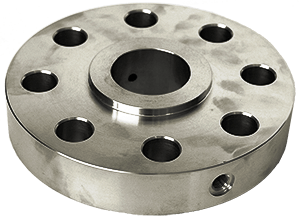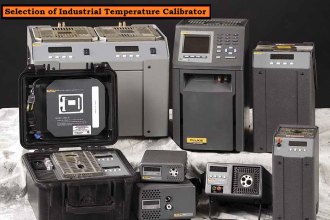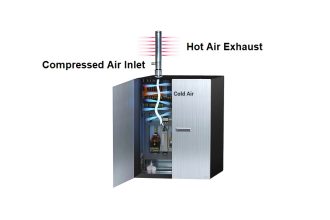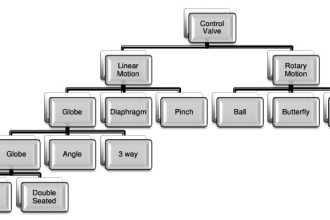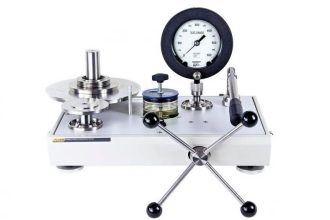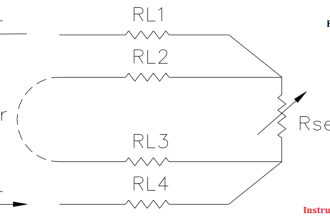In the Ball Valve design, a spherical ball with a passageway cut through the center rotates to allow fluid more or less access to the passageway.
When the passageway is parallel to the direction of fluid motion, the valve is wide open; when the passageway is aligned perpendicular to the direction of fluid motion, the valve is fully shut (closed).
Also Read : Types of Ball Valves
The following set of photographs shows a hand-operated ball valve in three different positions, from nearly full closed to nearly full open (left to right):
Simple ball valves with full-sized bores in the rotating ball are generally better suited for on/off service than for throttling (partially-open) service.
Also See : Ball Valve Animation
A better design of ball valve for throttling service is the characterized or segmented ball valve, shown in various stages of opening in the following set of photographs:
The V-shaped notch cut into the opening lip of the ball provides a narrower area for fluid flow at low opening angles, providing more precise flow control than a plain-bore ball valve.
Applications
- Ball valves are excellent in chemical applications, including the most challenging services (e.g. dry chlorine, hydrofluoric acid, oxygen).
- General sizes available are 1/2″ to 12″.
- Compliant with ASME is the flange rating, either 150, 300, 600, 900# or occasionally higher classes, enabling high performance ball valves to withstand up to 2250 psi.
- The operating temperature which is primarily dependent on seats and seals may be rated as high as 550°F.
- Standard valves comply with ASME face-to-face dimensions, making the ball valve easy to retrofit and replace.
Advantages
- Low cost
- High flow capacity
- High pressure/temperature capabilities
- Low leakage and maintenance
- Tight sealing with low torque
- Easy quarter turn operation- desirable to most operators
- Fairly easy to automate.
Disadvantages
- Limited throttling characteristics
- Prone to cavitation
- Not suitable for slurry applications due to cavities around the ball and seats. Slurries tend to solidify or clog inside the cavities, greatly increasing the operating torque of the valve and in some cases rendering the valve inoperable.
